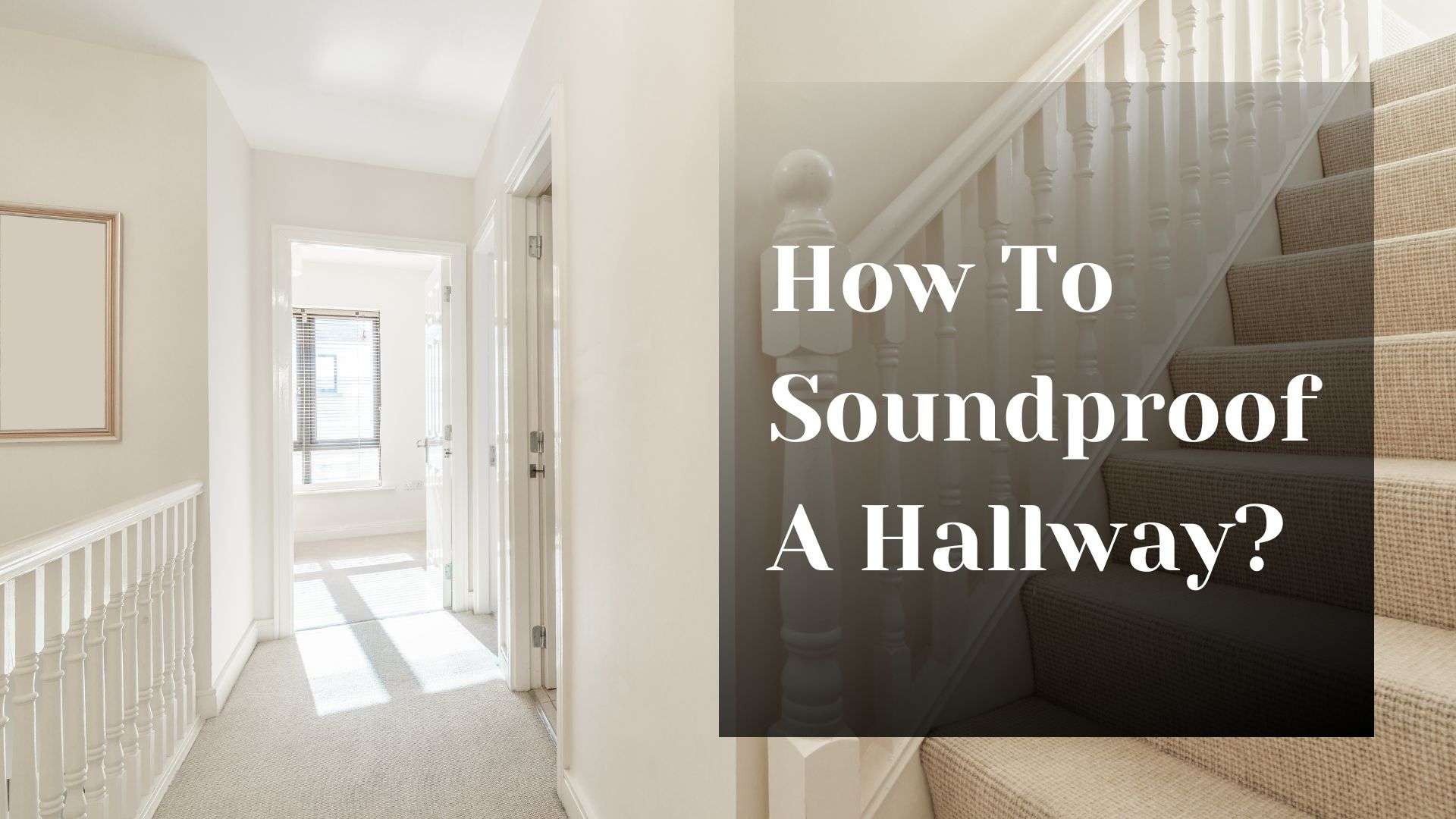Sheep’s Wool Insulation
Sheep’s wool insulation is eco-friendly for homeowners looking to enhance their living space’s thermal and acoustic properties.
The sustainability of sheep’s wool insulation comes from its natural source, a renewable resource that sheep produce annually.
This material is harvested through shearing, an essential process for the animal’s welfare and comfort, making it an ethically sourced and sustainable option.
The sheep’s wool insulation installation process is straightforward and can be handled similarly to traditional insulation materials.
It is typically available in batts or rolls between wall studs and ceiling joists, making it suitable for new constructions and retrofit projects.
Its natural fibers are flexible and easily cut to fit various spaces, ensuring a snug fit that enhances its insulating properties.
When it comes to effectiveness, sheep’s wool excels both in sound absorption and thermal insulation.
Its natural fibers are excellent at trapping air, which reduces sound transfer and helps maintain a consistent indoor temperature.
Compared to traditional insulation options, sheep’s wool provides superior moisture regulation, as it can absorb and release moisture without losing its thermal insulating properties.
This ability contributes to a more comfortable and quieter home environment and a healthier one by reducing the risk of mold and mildew growth within the insulated areas.
Recycled Denim Insulation
Recycled denim insulation is an innovative and eco-friendly option for homeowners looking to improve their home’s energy efficiency and acoustic environment.
This kind of insulation turns trash into a valuable resource using cotton from discarded jeans and other denim goods to make post-consumer denim fabric.
Finding recycled denim insulation for your home projects is becoming more accessible as its popularity grows.
It’s available through various home improvement stores, specialty green building supply companies, and online retailers. As demand increases, its availability expands, making it a viable option for many projects.
In terms of performance, recycled denim insulation offers excellent noise reduction and thermal insulation capabilities. Its dense fiber structure effectively absorbs sound, creating a quieter and more serene living space.
Additionally, its thermal performance is comparable to, or even better than, traditional fiberglass insulation, providing significant energy savings by keeping homes warmer in the winter and cooler in the summer.
Regarding health and safety, recycled denim insulation is a safer alternative to traditional insulation materials.
It’s free from the irritants and potential health hazards associated with fiberglass insulation, such as itchy skin or respiratory problems.
Read More: Fast-Growing Trees And Shrubs To Soundproof Your Yard
Cork Flooring
Cork flooring is celebrated for its unique combination of durability, sound absorption, and ease of maintenance, making it a smart choice for residential and commercial spaces. Regarding durability, cork flooring stands up remarkably well for everyday use.
Its natural resilience allows it to recover from pressure marks caused by furniture or foot traffic.
However, while cork is suitable for high-traffic areas, it’s best to use protective pads under heavy furniture to prevent indentations and to keep sharp objects from damaging the floor.
One of the standout features of cork flooring is its excellent sound-absorbing properties.
The material’s cellular structure makes it naturally effective at minimizing noise, contributing to a quieter and more peaceful environment.
Cork flooring can significantly reduce sound transmission between floors, making it an ideal choice for multi-story homes, apartments, and office buildings.
Its ability to improve room acoustics by dampening ambient noise is also a noteworthy benefit, enhancing the comfort of any space.
Maintaining cork flooring to preserve its appearance and sound-absorbing qualities is straightforward.
Regular sweeping or vacuuming is essential to remove dirt and prevent scratches. When cleaning, using a damp mop with a mild detergent solution is advisable, avoiding excessive water, as cork is water-resistant but not waterproof.
Read More: Acoustic Solution for Healthy, Sustainable and Soundproof Interiors
Bamboo Flooring
Bamboo flooring is gaining popularity for its environmental benefits, ease of installation, and effective noise-reduction capabilities.
Bamboo is highly regarded for its sustainability, as it is a fast-growing grass that can reach maturity in as little as three to five years, much quicker than hardwood trees.
This rapid growth cycle allows frequent harvesting without causing significant environmental degradation, making bamboo a renewable resource for eco-friendly building practices.
However, it’s essential to ensure the subfloor is level and dry to prevent future issues.
Bamboo flooring can be glued down, nailed, or even floated, depending on the type.
One potential challenge is that bamboo can be sensitive to humidity and temperature changes, so acclimating the flooring material to the installation environment is crucial for preventing warping or distortion.
Regarding noise reduction, bamboo flooring performs well compared to other complex flooring options.
Its natural properties allow it to absorb some sound, reducing noise transmission within a home.
While not as effective as cork or carpet, bamboo flooring can contribute to a quieter living environment when combined with underlayment designed for sound dampening.
Heavy Curtains Made from Organic Cotton or Hemp
Heavy curtains made from organic cotton or hemp are remarkably effective at reducing indoor noise levels, serving as a natural sound barrier between your home and the outside world.
The dense weave of these organic fibers absorbs sound vibrations, thereby dampening noise from busy streets, loud neighbors, or ambient sounds within the home itself.
In addition to their sound-dampening qualities, these heavy curtains offer significant insulation benefits.
By trapping air between the fabric and the window, they help maintain a consistent indoor temperature, reducing the need for heating in the winter and cooling in the summer.
This thermal insulation can improve energy efficiency and lower utility bills, making these curtains an intelligent investment for eco-conscious homeowners.
Balancing the functional benefits of noise reduction and energy efficiency with design and style is easily achievable with heavy curtains made from organic cotton or hemp.
These materials come in various textures, colors, and patterns, allowing homeowners to choose options that complement their interior design.
Whether aiming for a minimalist look or a more vibrant aesthetic, these eco-friendly curtains offer both practicality and visual appeal, enhancing the comfort and style of any living space.
Living Walls (Vertical Gardens)
Living walls, or vertical gardens, offer a unique and visually striking way to reduce indoor noise levels while enhancing your home’s aesthetic and environmental quality.
Installing a living wall involves selecting a suitable framework that can support the weight of the plants and their growing medium.
This setup might include self-watering systems to ensure plants receive consistent moisture, which is vital for their health and growth.
For optimal sound absorption, the choice of plants is crucial. Varieties that thrive indoors and have dense foliage are particularly effective at dampening noise.
Ferns, mosses, and leafy plants like pothos or philodendrons are excellent choices due to their ability to absorb sound waves, reducing echo and ambient noise.
Beyond noise reduction, living walls bring a host of additional benefits. They purify the air by absorbing pollutants and releasing oxygen, creating a healthier living environment.
Moreover, incorporating elements of nature into interior spaces, a concept known as biophilic design has been shown to improve mood, reduce stress, and enhance cognitive function.
The presence of a living wall can transform a room, making it quieter, more serene, and invigorating.
Maintaining a living wall requires regular watering, feeding, and pruning to keep the plants healthy and vibrant.
While the upkeep may seem daunting, the rewards of cleaner air, noise reduction, and the sheer beauty of having a piece of living art in your home make it a worthwhile endeavor.
Reclaimed Wood Panels
Reclaimed wood panels offer a sustainable and character-rich option for enhancing the interior of a home, providing both aesthetic appeal and practical benefits.
Sourcing reclaimed wood can be an adventure, with materials often found at salvage yards, specialized dealers in reclaimed building materials, or through online marketplaces.
When selecting reclaimed timber, ensuring its safety and eco-friendliness involves checking for the absence of harmful chemicals or treatments, such as lead paint or wood preservatives.
In terms of acoustic performance, reclaimed wood panels can effectively contribute to a home’s sound and temperature insulation.
Wood naturally absorbs and diffuses sound, helping to reduce echo and noise penetration.
Additionally, when applied to walls, reclaimed wood adds an extra layer of material that can disrupt thermal bridges, enhancing a room’s ability to maintain stable temperatures.
For DIY enthusiasts, creating wall coverings from reclaimed wood panels offers a unique opportunity to introduce a personal, eco-friendly touch to their living space.
Tips for success include ensuring the wall surface is prepared for installation, selecting wood of similar thickness for a uniform appearance, and treating the wood, if necessary, to preserve its natural beauty while making it suitable for indoor use.
Finishing the wood with a low-VOC sealant can further protect it and enhance its appearance.
With creativity and basic carpentry skills, reclaimed wood panels can transform a room, adding warmth, texture, and a story to your home’s decor.
Natural Fiber Rugs and Carpets
Natural fiber rugs and carpets, made from materials like jute, Seagrass, and wool, offer unique sound absorption, durability, and maintenance benefits.
Jute, known for its softness, provides moderate sound absorption, making it a comfortable choice for low-traffic areas.
With its tighter weave, Seagrass offers more resilience to sound, making it suitable for areas with more activity.
Wool, however, stands out for its superior sound-dampening properties and ability to add warmth and comfort to any space.
In terms of durability and longevity, wool rugs often lead the pack, capable of withstanding high traffic while retaining their appearance and functionality.
Seagrass rugs are also known for their durability and natural resistance to stains, making them a practical option for dining areas or kitchens.
Jute rugs, while durable, are better suited for areas of the home that see less foot traffic, as they can wear down more quickly than their counterparts.
Caring for natural fiber rugs to maintain their sound-dampening properties and overall appearance requires specific attention.
Regular vacuuming with a suction-only vacuum cleaner can help remove dirt and debris, preserving the fibers’ integrity.
Immediate attention to spills is crucial, especially for jute and wool, as these materials can absorb liquids quickly. Using a clean cloth to blot spills and avoid rubbing is advisable.
A professional cleaning every couple of years for wool rugs can help maintain their lush texture and acoustic benefits.
Following these care tips will ensure that natural fiber rugs and carpets continue to enhance the comfort and tranquility of your home.
Solid Wood Doors
Solid wood doors are a significant upgrade from hollow doors for soundproofing. The dense nature of solid wood significantly reduces the transmission of sound, offering a more private and quiet environment.
Solid wood doors absorb and block sound waves, making them an excellent choice for bedrooms, bathrooms, and home offices where noise reduction is required. Hollow doors, however, are just two thin sheets of wood with an air gap.
Installing solid wood doors to maximize their noise-reducing effects involves ensuring a tight fit within the door frame.
Gaps around the door allow sound to pass through, so it’s crucial to use weather stripping or door sweeps to seal these spaces.
Proper installation enhances the door’s soundproofing capabilities and improves its overall performance and longevity.
Beyond their functional benefits, solid wood doors also add to the aesthetic appeal of a room.
They come in various wood types, finishes, and styles, allowing homeowners to choose doors that complement their home’s design.
Cellulose Soundproofing Insulation
Cellulose soundproofing insulation, made from recycled paper products, is a safe and practical choice for enhancing homes’ acoustic and thermal performance.
Concerning safety, modern cellulose insulation is treated with fire retardants like boric acid, making it highly fire-resistant.
This treatment ensures that cellulose insulation meets and often exceeds fire safety standards, providing peace of mind to homeowners.
In terms of effectiveness, cellulose insulation excels in sound absorption and thermal insulation.
Its dense fibrous structure effectively dampens sound, making it an excellent option for reducing noise transmission between rooms or from the outside.
Additionally, cellulose insulation has a high R-value, indicating thermal solid insulation properties that can help maintain comfortable indoor temperatures and reduce energy costs.
When considering the cost, cellulose insulation is cost-effective for those looking to soundproof their homes while prioritizing environmental sustainability.
Although the initial investment might be slightly higher than traditional insulation materials, the savings in energy bills and the added comfort in sound reduction make cellulose insulation an intelligent financial decision over time.
Its eco-friendly nature, derived from recycled materials, adds value by reducing waste and promoting sustainable living practices.










